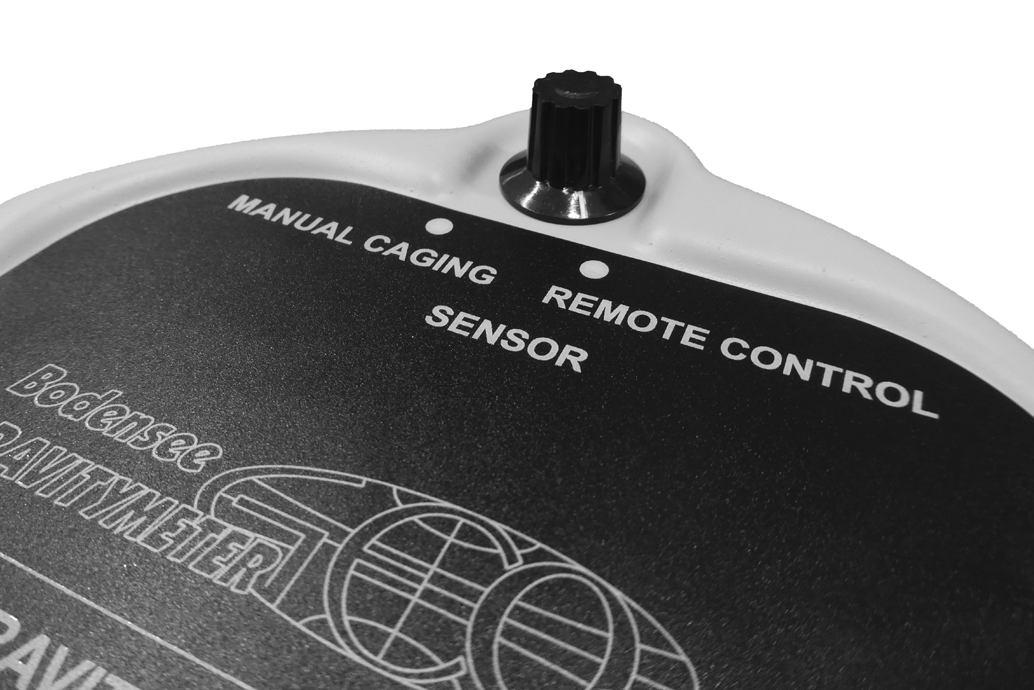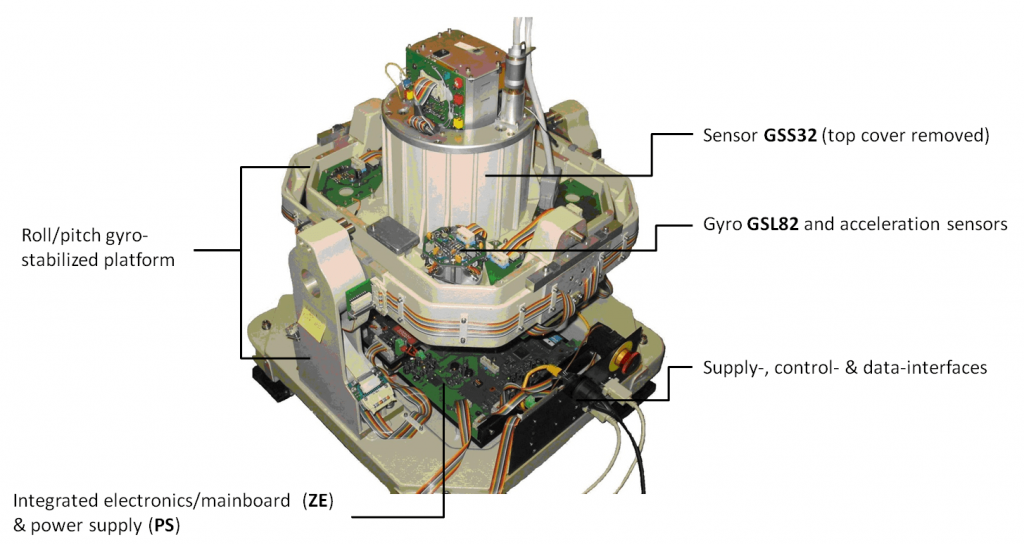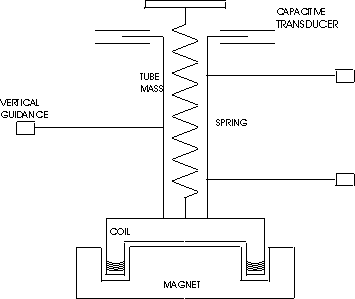The Marine Gravity Meter KSS32-M is a high performance instrument designed for marine geophysical research projects, including oil prospecting and basic research worldwide. Straight line technology together with the best precision mechanics and state of the art electronics enable highly accurate gravity measurements. As a marine Gravity Meter it is free from any Cross-Coupling errors.
Several embedded microprocessors together with sophisticated software programmes provide very easy handling. Important corrections, like Eötvös-effect and curve compensation can be applied in real time. Data from the ship’s navigation system can be fed into the Gravity Meter by interfaces. The instrument is furnished with a variety of interfaces to connect to other instruments and to have their data stored. The software includes a number of digital filters to apply to the data. The software offers corrections of the free-air and Bouguer anomalies. In case of a problem the entire system will be turned off and arrested to protect the measuring system even in severe sea conditions.



